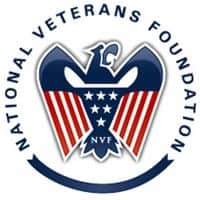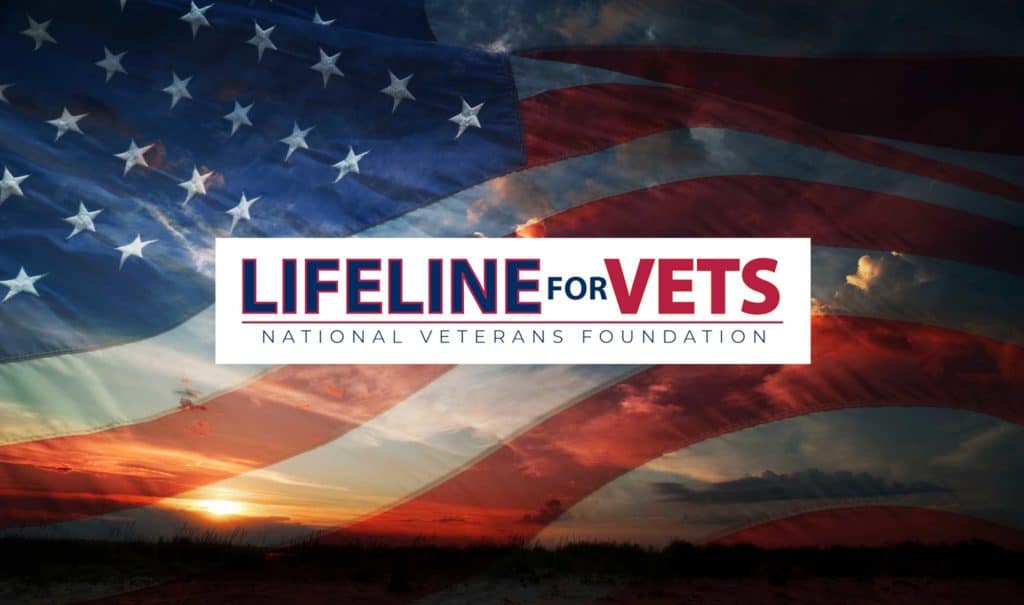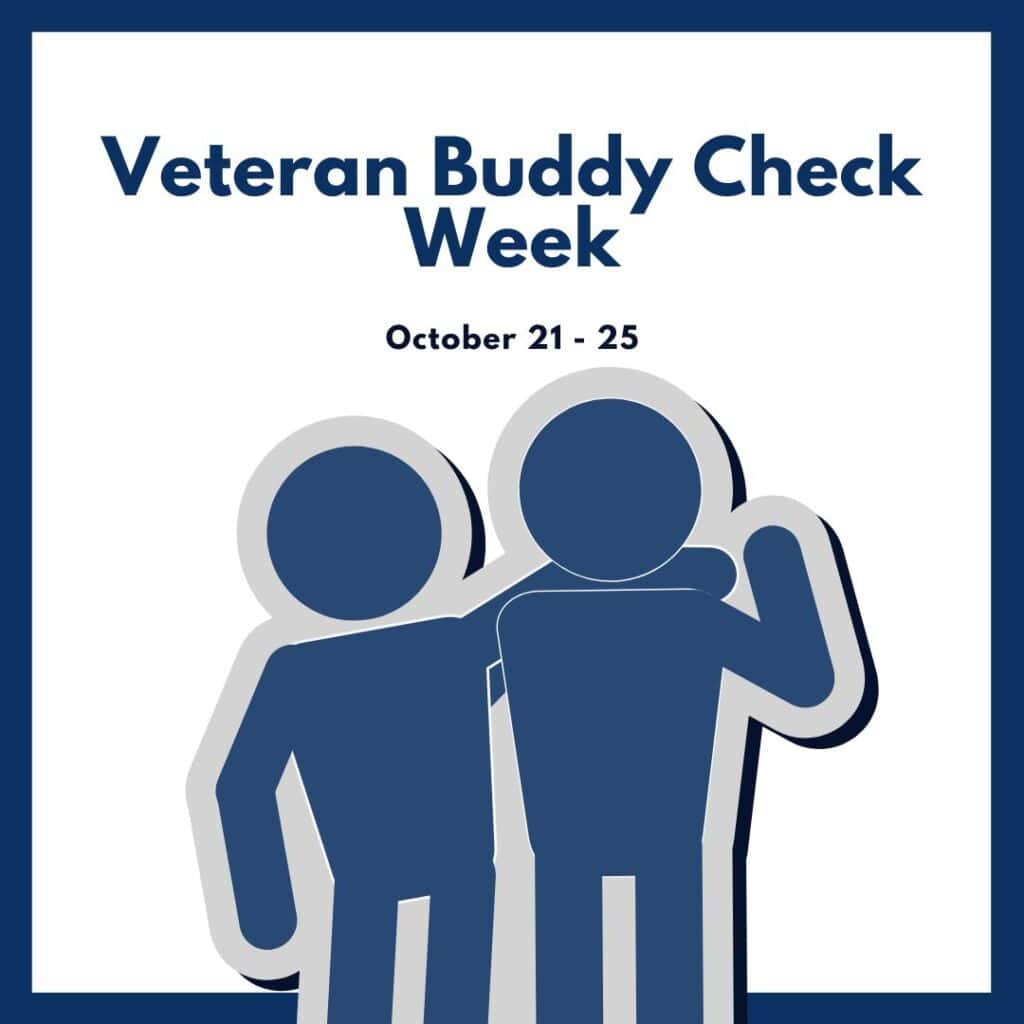Donating to Veterans? Read This First about who to Support
What Veterans’ Charities Should I Support? Donating to veterans used to be simple, but these days it’s hard to know your money will get to the right people: the actual vets. Here’s what you need to know.
When you give money, it’s for a cause you believe in – you want to help. Donating to veterans implies you want to help them financially, with employment, with education, with wellness, or any number of challenging areas of life they face after returning home from service.

What you probably don’t have in mind…
…is funding charity staff perks, conferences, exorbitant marketing campaigns, or wasteful administrative processes. But increasingly, that’s a risk when donating to charitable organizations.
Sadly, it’s a problem that exists across the board, by the way, not just with veterans’ charities. Too many charitable organizations spend far too much money on non-program items, and it’s getting in the way of the people helping out in the way they’d like.
So how can you choose where to donate?
Here are the facts you need to know so you can support the vet charity that matches your giving goals. From how they spend their money to how they behave and what types of programs they fund, it’s important to know as much as possible about a charity before you plop down the cash.
What You Need to Know Before Donating to Veterans
1. You shouldn’t always go with the big charities you see on TV.
It costs a lot of money to produce and place a TV commercial. For charitable organizations, where do you think that money comes from? You!
Big budget charities should be completely scrutinized before you deem them worthy of receiving your hard-earned money. Many of the small budget charities do a better job of allocating resources to the actual vets rather than things like complex “cause marketing” campaigns that cost tons of money.
The same goes for direct mail – that costs, too. When you get a big glossy mailer asking you about donating to veterans, just remember that it was most likely paid for by donations from well-intentioned people just like you. They probably didn’t know their donations would be used for an expensive mailing campaign.
2. There are national rating systems for charitable organizations.
Guidestar operates a rating system, complete with public access to the tax documents of charitable organizations where you may be thinking of donating.
Check out ours here. We’re proud to say that 75% of our money goes to programs!
3. There are different kinds of wounds soldiers suffer. Some get all the attention.
With approximately 1.64 million U.S. troops deployed since late 2001 in Afghanistan and Iraq, there has been a steady flow of injured soldiers returning home.
Surely you’re aware that lost limbs is a terrible result of overseas combat injuries – it’s hard to ignore the images of soldiers with missing legs, some wheelchair-bound and others who’ve been fitted with prosthetics. The visual impact is unforgettable.
But some wounds are invisible.
One of these “invisible” wounds is Post Traumatic Stress Disorder (PTSD). Another “invisible wound” is traumatic brain injury (TBI).
These injuries, along with major depression, are conditions which are not only invisible to the public eye, but also to friends and family, community members and even the soldier themselves, who sometimes suffer without even knowing what’s happening to them.
Alarmingly, these conditions can be just as debilitating as losing as limb. What’s worse, they may even end in veteran suicide, if left unchecked. Each year since 2007, more than ten thousand new cases are reported, with a peak of 17,773 in 2012* (and those are just the reported cases… PTSD is famously misdiagnosed and therefore under reported).
Sadly, the more graphic and visible wounds get a lion’s share of the public’s attention, especially when it comes to donating to veterans.
Recap
If we want to truly help our veterans, recognizing the invisible wounds and contributing to highly rated, efficient causes that support vets with these conditions can do a world of good.
The National Veterans Foundation Inc. strives to help vets by broadening public understanding of PTSD (and other conditions), offering food, shelter, counseling, medical treatment and more. The NVF operates a live, toll-free crisis management helpline, a crucial component in helping vets with PTSD and other “invisible” wounds.
Please donate to the National Veterans Foundation. We are in the trenches helping veterans…but we can only do it with your help.
*Source: Tanielian, Terry & Jaycox, Lisa H. “Invisible Wounds of War”. RAND Center for Military Health Policy Research.
You can be a part of our mission to help Veterans by making a tax-deductible donation!
About the Author
SUBSCRIBE TO OUR BLOG AND NEWS!
By submitting this form, you are granting: NATIONAL VETERANS FOUNDATION INC permission to email you. You may unsubscribe via the link found at the bottom of every email. (See our Email Privacy Policy for details.)
Related Posts




